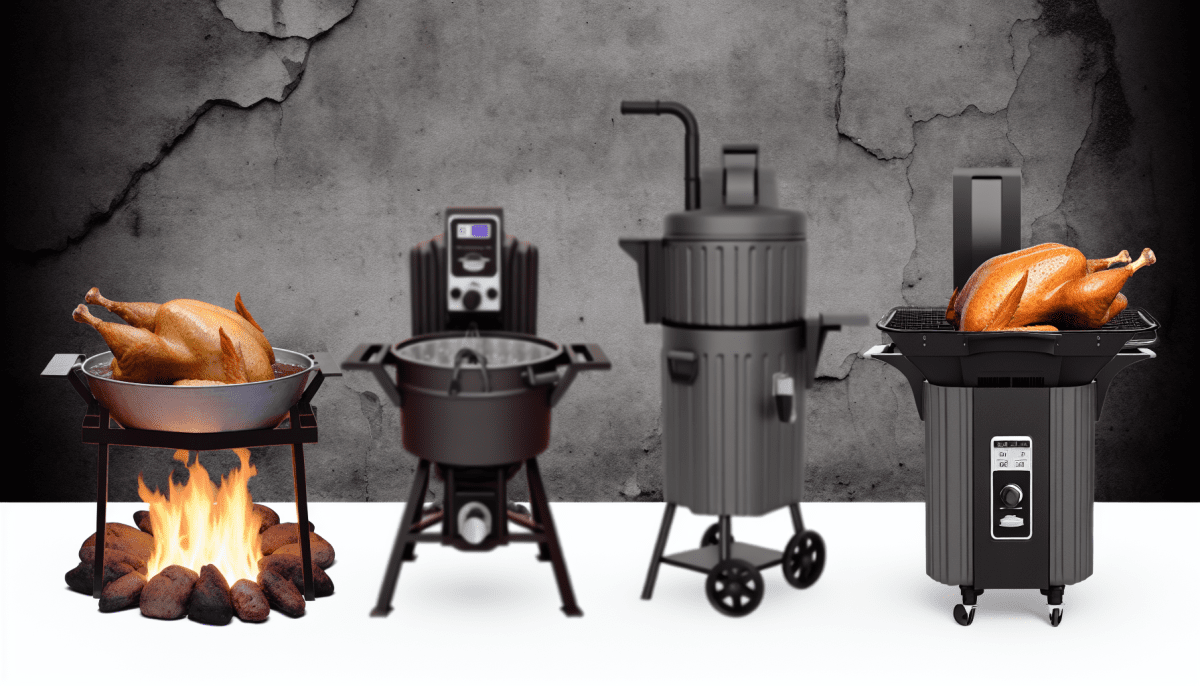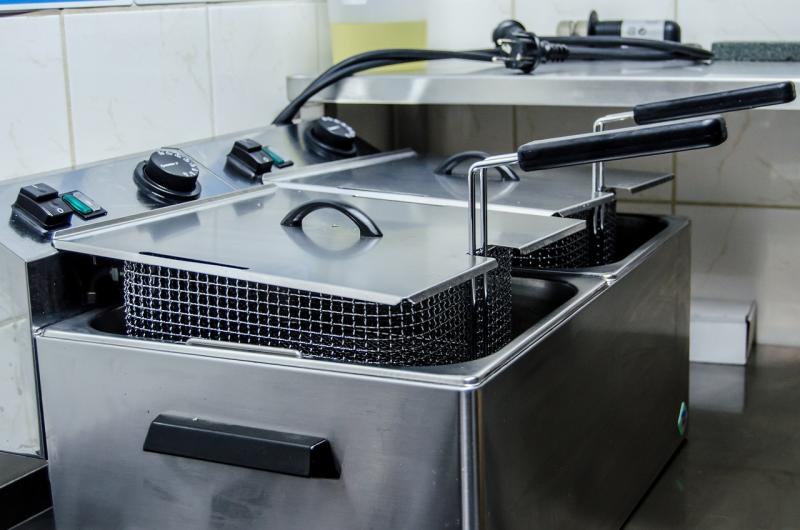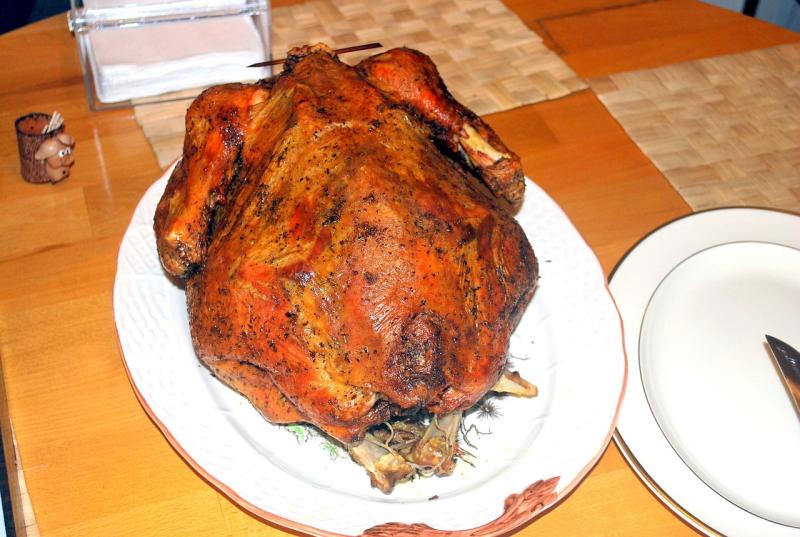The art of deep-frying has a rich history that dates back centuries. The exact origins of this culinary technique remain somewhat elusive, but evidence suggests that civilizations across the globe have been enjoying deep-fried delicacies for ages.
One of the earliest recorded instances of deep-frying can be traced back to ancient Egypt. Their cooks would dip food in hot fat and oil, resulting in a deliciously crispy exterior. Similarly, the ancient Greeks and Romans are known to have indulged in deep-fried dishes, often at lavish feasts or festive occasions.
Nevertheless, it was the medieval Arabs who took deep-frying to new heights. They discovered that a mixture of oil and flour could be used to create a light and fluffy batter, which is still commonly used today. This innovation not only led to a multitude of culinary possibilities but also introduced the concept of frying dough, giving birth to beloved treats like churros and doughnuts.
A Revolutionary Twist: The Birth of Turkey Fryers
When it comes to Thanksgiving, one of the most iconic dishes is the perfectly roasted turkey. However, in recent years, a new trend has emerged that has taken the culinary world by storm - the turkey fryer. This revolutionary cooking method has transformed the humble turkey into a crispy, succulent indulgence that is loved by many.
The birth of turkey fryers can be traced back to the 1930s when a method called "deep frying" gained popularity in the southern United States. This original method involved immersing the whole turkey in a large vat of boiling oil, resulting in a deliciously moist and flavorful bird. However, this process was not without its risks, as the use of traditional fryers could lead to accidents and grease fires.
Fast forward to the modern era, and the turkey fryer has undergone a significant evolution. Today, turkey fryers come in various models, making the process safer, more efficient, and easier than ever before. One of the most significant advancements is the introduction of propane-powered fryers, which provide a much more controlled cooking environment. Additionally, modern fryers come equipped with adjustable temperature controls, timers, and built-in safety features to ensure a perfectly cooked turkey every time.
The popularity of turkey fryers has grown exponentially over the years, especially during the holiday season. More and more households are opting for this unique cooking method as a way to add an extra flair to their Thanksgiving feast. While the traditional roasted turkey wi
Modern Advancements: Enhancing Safety and Convenience
Over the years, turkey fryers have undergone substantial evolution, combining technological advancements with the shift towards safety and convenience. These modern enhancements have revolutionized the way we prepare our Thanksgiving feasts, making the process simpler, safer, and more enjoyable.
One noteworthy advancement is the introduction of electric turkey fryers. Unlike their traditional propane-powered counterparts, electric fryers offer a safer and cleaner alternative. With no open flame, there is reduced risk of accidental fires or propane accidents. Electric fryers also allow for precise temperature control, ensuring the turkey is cooked to perfection every time. Additionally, many electric fryers include built-in safety features such as automatic shut-off systems and insulated walls to prevent burns.
Another significant improvement in turkey fryer evolution is the development of oil-less fryers. These innovative fryers utilize infrared heat and circulating hot air to cook the turkey, eliminating the need for oil altogether. Not only does this provide a much healthier alternative to traditional frying, as it significantly reduces the fat content of the cooked turkey, but it also eliminates the risk of oil-related accidents and ensures a hassle-free cleanup.
Lastly, advancements in digital technology have made their way into the realm of turkey fryers. Modern fryers often come equipped with digital controls and displays, allowing users to set precise temperatures and cook times with ease. Some even feature pre-programmed settings for various types of meat, taking the guesswork out of the cooking process. Furthermore, digital fryers often include convenient features like built-in timers and audible alerts, alerting users when the turkey is cooked to perfection.
Savory Delights: Exploring the Art of Deep-Fried Turkey Recipes
From the First Experiment to the Modern Indulgence: Turkey Fryer Evolution
Do you remember the first time you ever tried a deep-fried turkey? That crispy, golden skin and succulent, juicy meat is enough to make anyone's mouth water. The art of deep-frying a turkey has come a long way over the years. What started as a simple experiment has evolved into a beloved tradition for many during the holiday season.
The history of deep-fried turkey can be traced back to the 1930s when people began experimenting with cooking food in large vats of oil. However, it wasn't until the 1980s that deep-fried turkey became popularized in the United States. A man named John Capellin decided to take his love of frying to a new level when he used a propane burner and a large pot to fry his Thanksgiving turkey. Little did he know, he was starting a trend that would become a nationwide sensation.
Fast forward to today, and there are countless variations and recipes for deep-fried turkey. The process typically involves injecting the turkey with a flavorful marinade and then frying it in a large, specialized turkey fryer. These fryers are designed to safely handle the high temperatures required for frying while keeping the oil contained.
Whether you're a fan of traditional Cajun flavors or prefer a more adventurous twist, there is a deep-fried turkey recipe to suit every palate. From spicy rubs to sweet glazes, the possibilities are endless. So this holiday season, why not venture beyond the traditional roasted turkey and try your hand at the art of deep-fried delights? Your taste buds will thank you.



